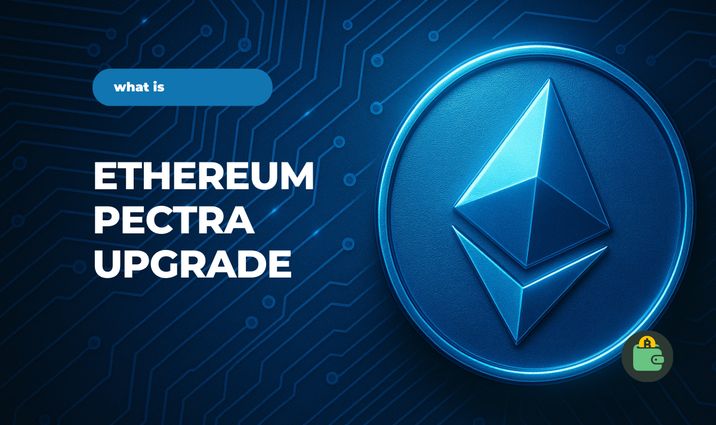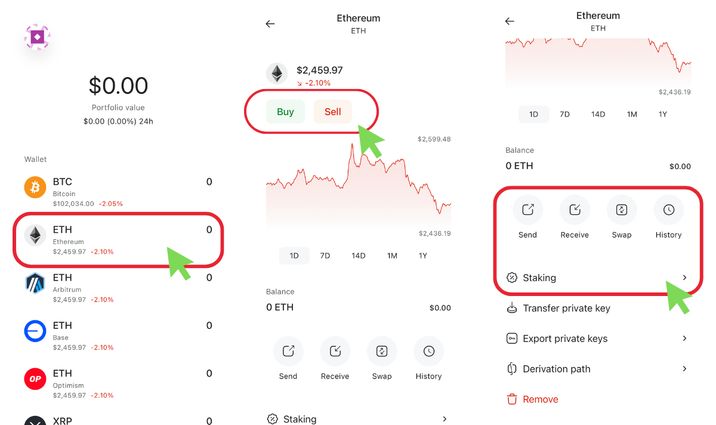Ethereum Pectra Upgrade: Everything You Need to Know

Ethereum’s market cap has increased by 42%, and now it is worth $308 billion, more than big companies like Alibaba ($303.7 billion) and Coca-Cola ($303.5 billion), making it the 38th largest asset globally, according to 8MarketCap (May 14, 2025). In this article, we'll break down the core of the Pectra upgrade.

Key Takeaways
Pectra is the 16th major Ethereum network upgrade, rolled out on May 7, 2025. This is the most massive and exciting update. Pectra makes Ethereum more user-friendly and efficient:
- For users, interacting with dApps and wallets becomes easier, and transaction fees are reduced.
- For developers, new opportunities emerge for building more flexible and secure applications.
- For validators, the staking process and node management are streamlined.
What is Pectra?
Pectra is the 16th major Ethereum network upgrade, rolled out on May 7, 2025. It has combined two previously planned updates: the Prague execution layer and the Electra consensus layer. As a result, the upgrade has implemented 11 Ethereum Improvement Proposals (EIPs).
Thus, Pectra has become the most significant network upgrade since the Proof-of-Stake transition in 2022.
What Changed in Ethereum After Pectra?
These are the Pectra Upgrade's main innovations.
1. EIP-7702: Introduction of Account Abstraction. Conventional wallets (EOA) can now temporarily act as smart contracts. This allows users to pay fees not only in ETH but also in other tokens (e.g., USDT, DAI), combining several actions into a single transaction and using biometric authentication and other modern confirmation methods.
2. EIP-7251: Increase of Maximum Validator Balance. The maximum staking volume per validator has been increased from 32 ETH to 2048 ETH. It means that validators can more easily manage large stake pools. This helps lower the load on the network by decreasing the total number of validators.
3. EIP-6110: On-Chain Processing of Validator Deposits. The wait time to activate new validators has been reduced from 9 hours to about 13 minutes, which improves network flexibility and speed.
4. EIP-7742: Dynamic Adjustment of Blob Capacity. This proposal introduces the ability to flexibly adjust both the maximum and target number of blobs per block. It enhances data availability and prepares Ethereum’s infrastructure for future scalability improvements, particularly benefiting Layer 2 solutions.
5. EIP-7002: Smart Contract-Controlled Staking Withdrawals. With this EIP, smart contracts can directly initiate validator withdrawals. This offers increased flexibility for staking pools and decentralized applications by enabling automated withdrawal processes. It also improves user control and security when interacting with third-party staking services.
6. EIP-7691: Blob scaling. This upgrade doubles the number of blobs that can be included in each block, allowing Ethereum to handle more data with greater efficiency. It significantly boosts network scalability — especially for Layer 2 rollups — and helps maintain lower transaction fees even during peak usage.
The result: increased scalability, reduced fees, and greater storage bandwidth through blobs — which lowers Layer 2 (L2) fees and improves transaction processing.
The Bottom Line
Pectra has made Ethereum more accessible, efficient, and user-friendly while maintaining its security and high levels of decentralization. After this successful deployment, Ethereum developers are going to launch the next big upgrade, Fusaca, at the end of 2025.
Of course, Ethereum is available in Coin Wallet. You just need to log in to the app and select the coin from the list to buy, sell, send, receive, swap, or stake.
